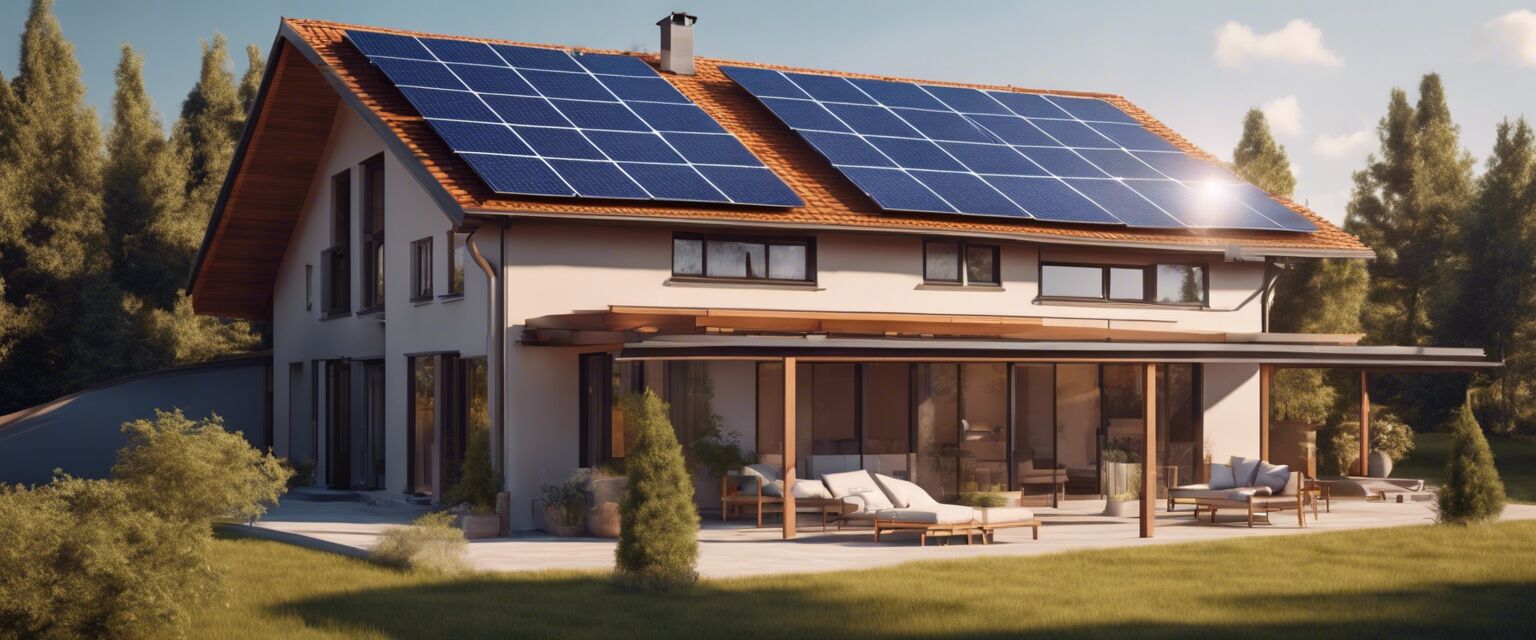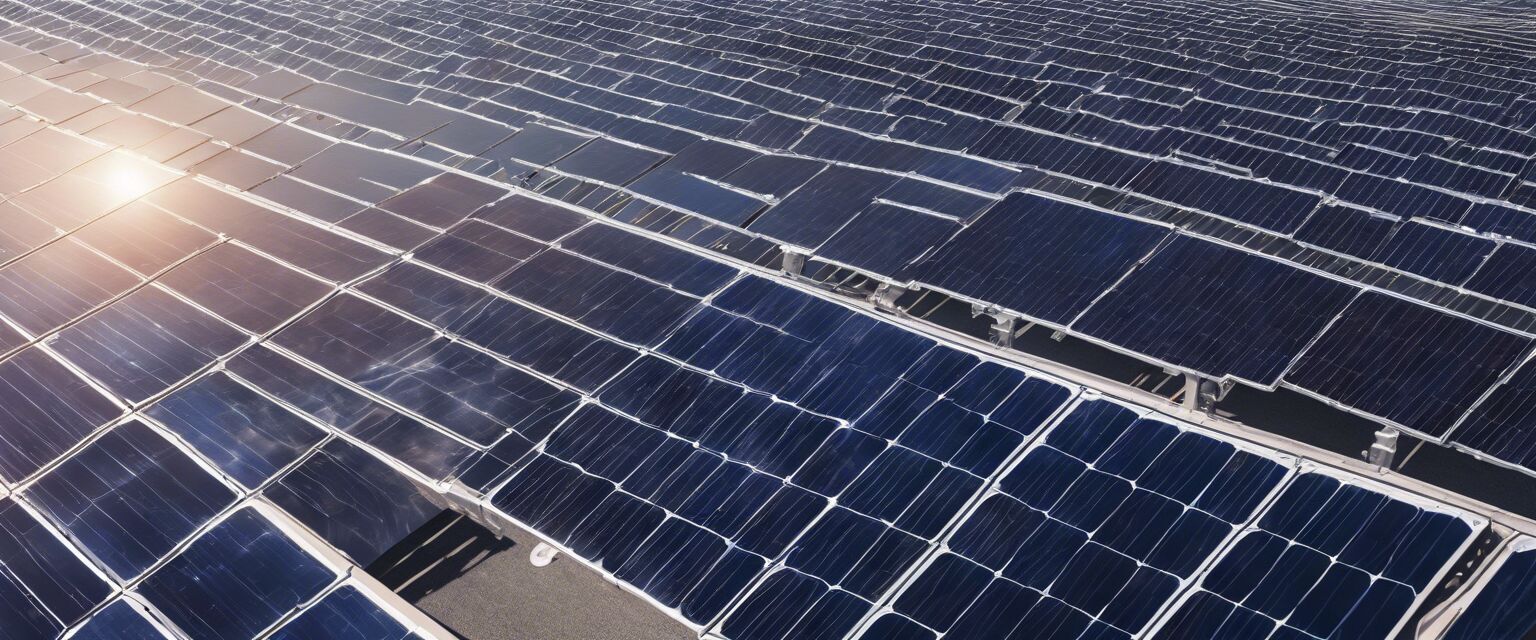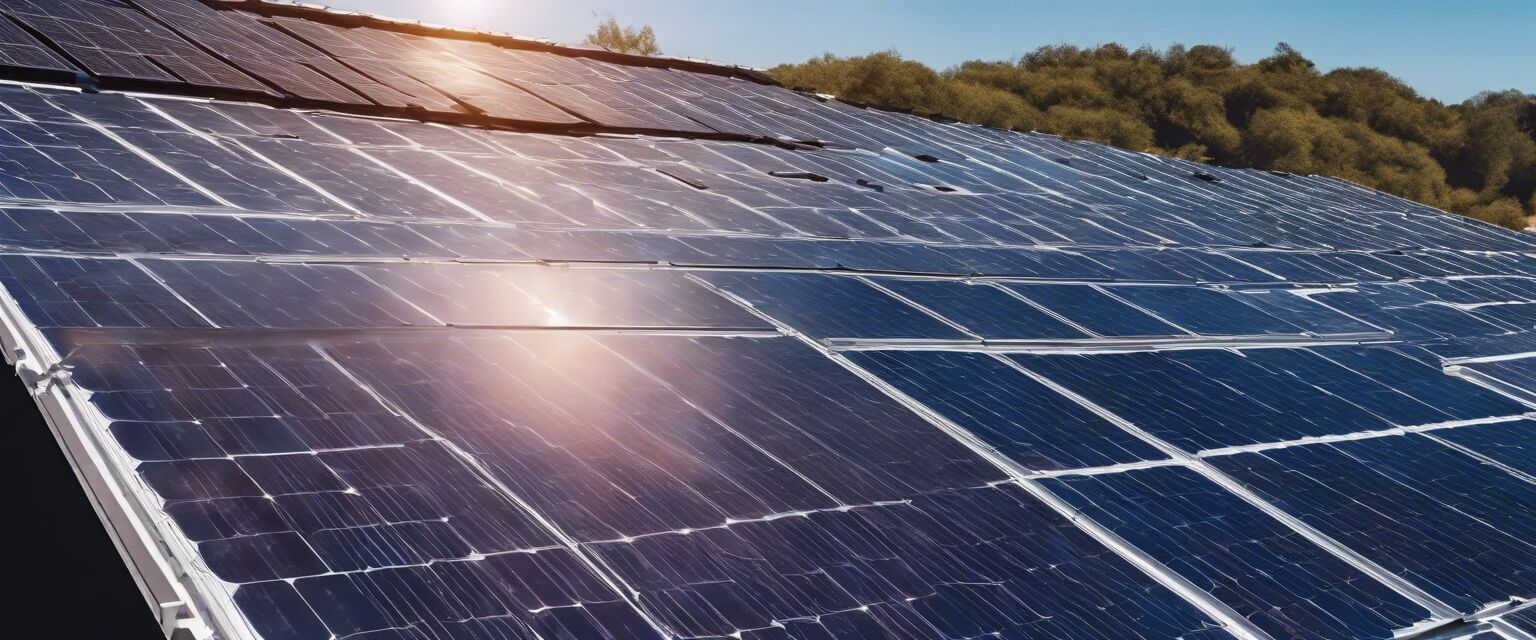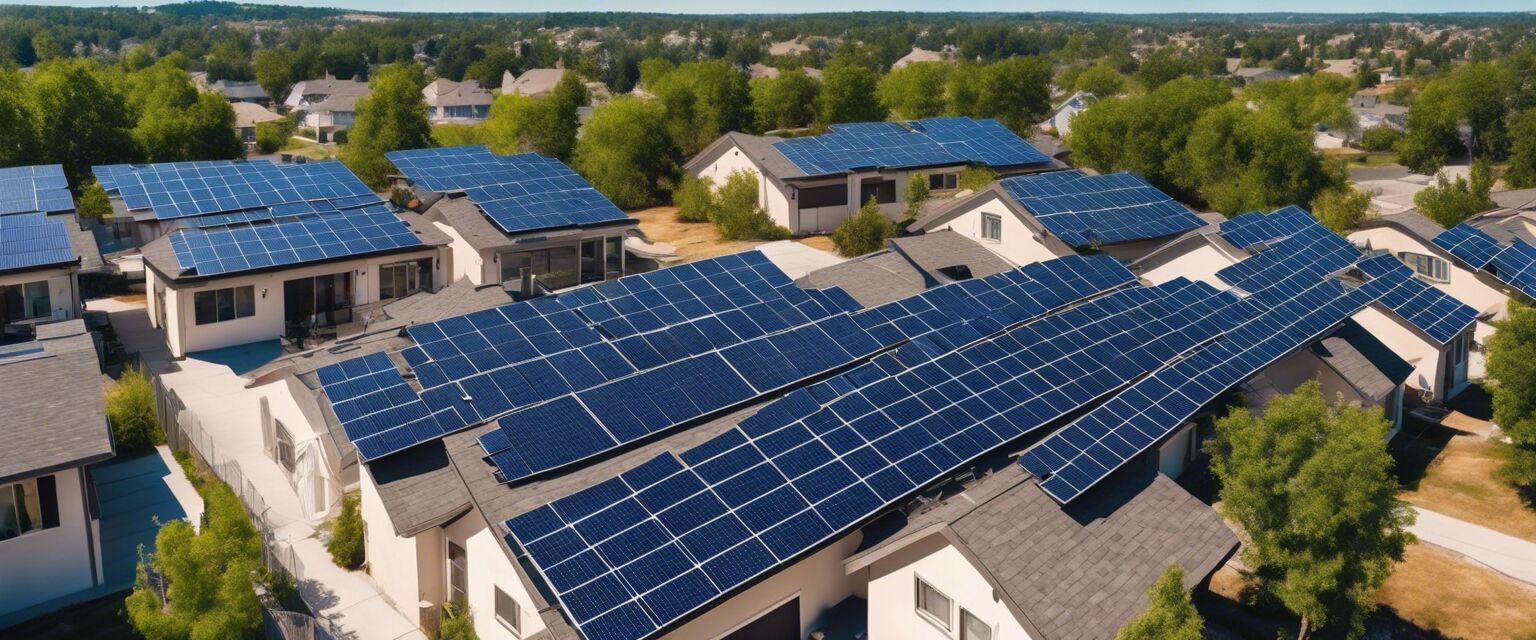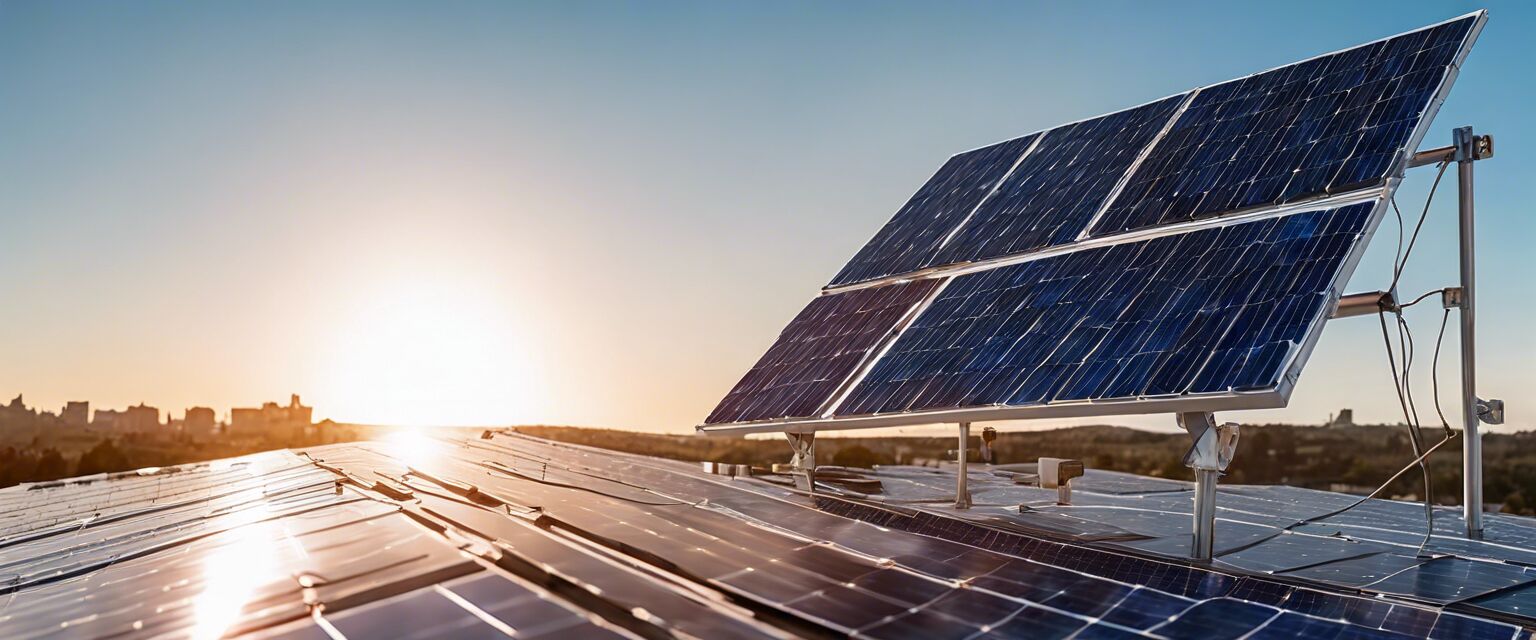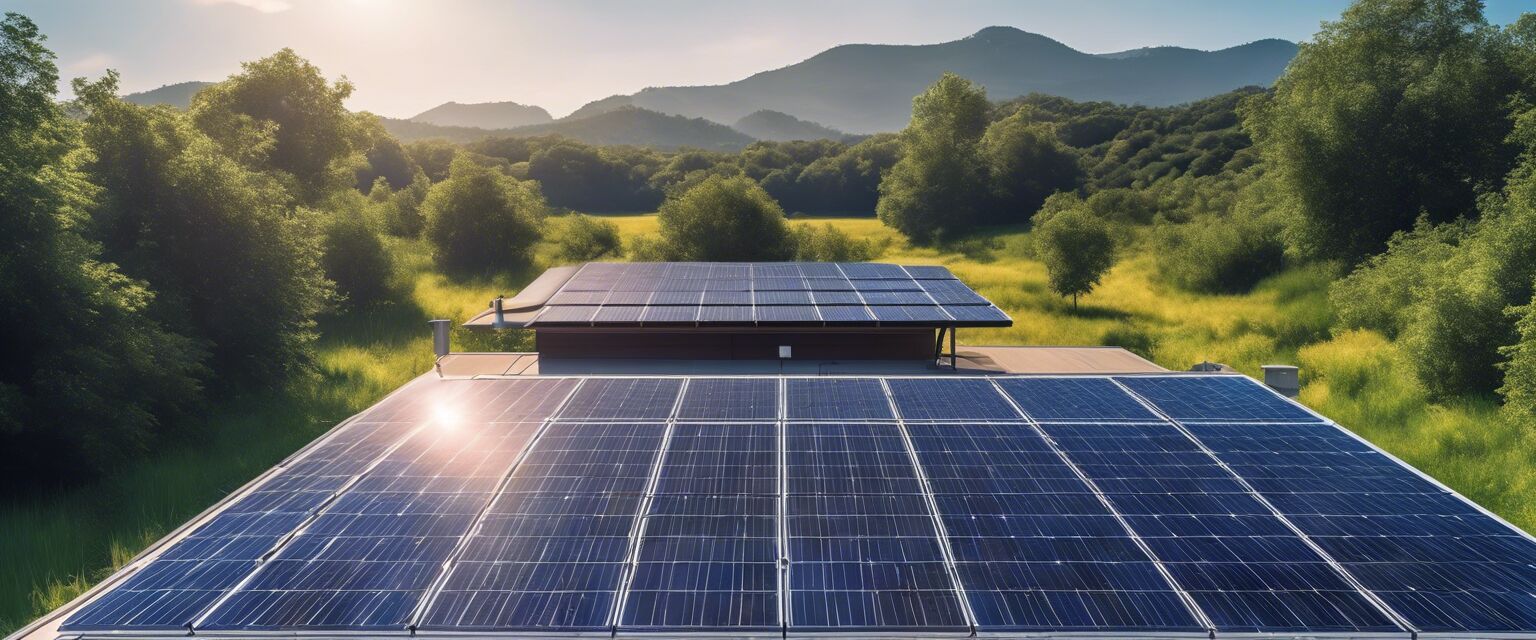
Types of Solar Panels
Solar energy has risen to prominence as a viable and sustainable energy source. With numerous applications ranging from residential rooftops to expansive solar farms, understanding the different types of solar panels is crucial for maximizing efficiency and utility. Let’s delve into the various types of solar panels available today.
Key Takeaways
- There are three main types of solar panels: Monocrystalline, Polycrystalline, and Thin-Film.
- Each type has distinct characteristics that affect efficiency, cost, and installation.
- Choosing the right solar panel type depends on specific needs, space availability, and budget.
- Solar panels can be used for both residential and commercial applications.
Introduction to Solar Panels
Solar panels convert sunlight into electricity, providing a clean energy alternative. They are primarily categorized based on the materials used to create them and their respective applications. Below is a detailed comparison of the different types of solar panels.
| Type of Solar Panel | Efficiency | Cost | Durability | Common Uses |
|---|---|---|---|---|
| Monocrystalline | 15% - 22% | High | Long-lasting | Residential and commercial systems |
| Polycrystalline | 13% - 16% | Moderate | Moderately durable | Residential and commercial systems |
| Thin-Film | 10% - 12% | Low | Less durable | Portable applications and large installations |
1. Monocrystalline Solar Panels

Monocrystalline solar panels are known for their high efficiency and longevity. Made from a single crystal structure, they are considered premium solar panels. Below are the advantages and potential drawbacks of monocrystalline panels:
Pros
- High efficiency and performance
- Space-efficient design
- Longer lifespan
Cons
- Higher upfront cost
- Performance may degrade in extreme heat
2. Polycrystalline Solar Panels
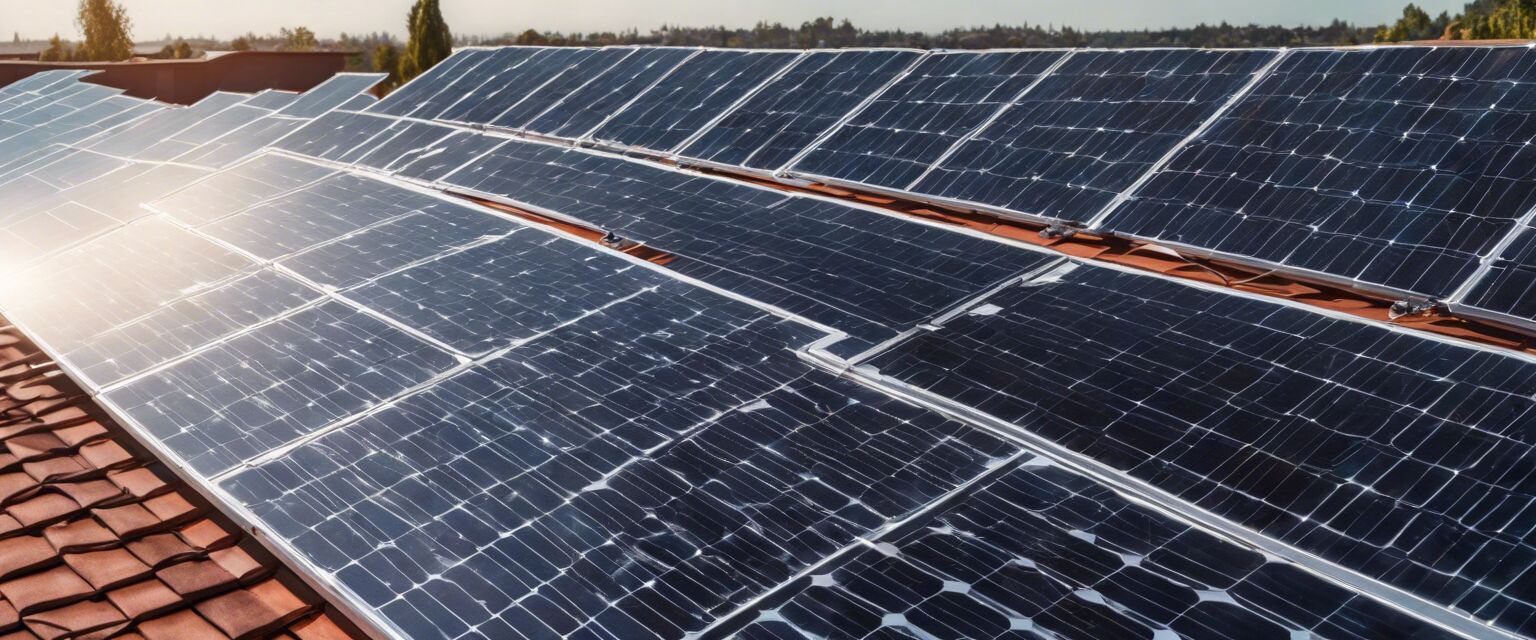
Polycrystalline panels are made from multiple crystal structures, making them a more affordable option compared to monocrystalline panels. Their efficiency levels are slightly lower, but they still offer excellent returns for investment:
Pros
- More affordable than monocrystalline panels
- Better performance in high temperatures
Cons
- Lower efficiency compared to monocrystalline
- Requires more space for installation
3. Thin-Film Solar Panels
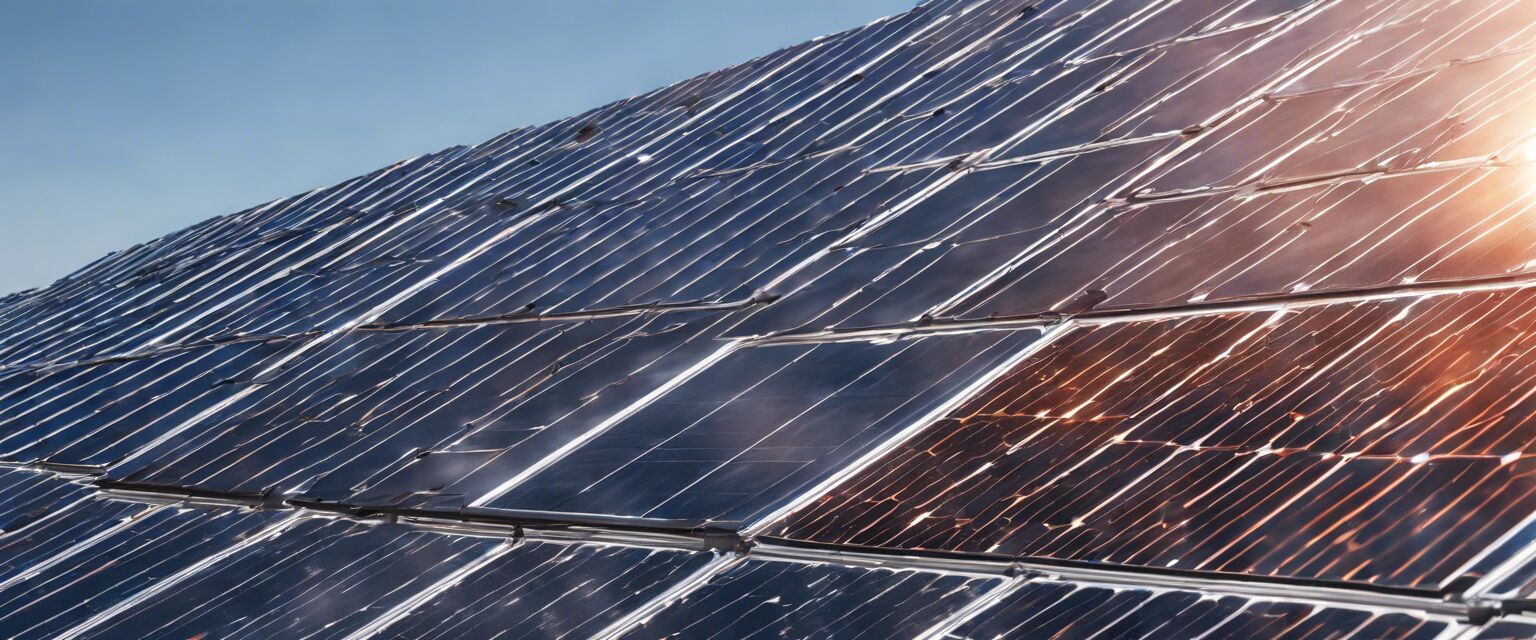
Thin-film solar panels are lightweight and flexible, enabling a wide range of applications, including building-integrated photovoltaic (BIPV). Though they have the lowest efficiency ratings, they are cost-effective and can be produced rapidly:
Pros
- Lowest manufacturing cost
- Lightweight and flexible
- Great for large-area applications
Cons
- Lower efficiency and power output
- Shorter lifespan compared to crystalline panels
Applications of Solar Panels
Solar panels can be used across various domains, including:
- Residential Solar Panel Systems
- Commercial Solar Systems
- Portable Solar Applications
- Solar Water Heating Systems
- Solar Lighting Solutions
Factors to Consider When Choosing Solar Panels
When selecting the right type of solar panel, consider the following factors:
- Available roof space and orientation
- Energy needs and consumption
- Budget constraints
- Aesthetic preferences
- Solar panel efficiency ratings
Conclusion
Choosing the right type of solar panel is critical in harnessing the best possible energy solutions for your requirements. Understanding the differences in efficiency, cost, and applicability will empower you to make informed decisions for your solar energy project. Remember to assess your specific needs before making any investments in solar technology.

